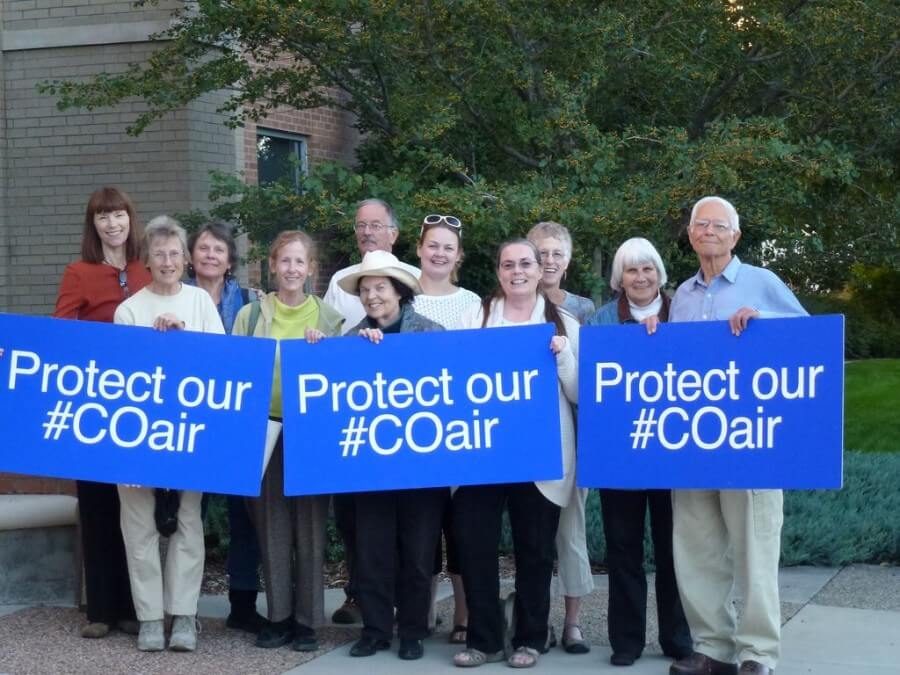Written by Conservation Colorado staff
Climate change and rising temperatures don’t simply mean you need to get a nicer air conditioner. They also have major implications for public health. Research has shown myriad ways climate change will provide challenges for Coloradans staying healthy and safe. For example, climate change will cause disease-carrying insects like like mosquitos and ticks can move to colder areas. It means natural disasters will become less predictable and more severe. And it means allergens and air pollution will worsen.
In order to get a more thorough take on what’s at stake if we don’t act on climate, we interviewed Ken Scissors, a physician at St. Mary’s and a board member at Conservation Colorado. He’s been practicing medicine since 1980 and his insight on the effects of climate change and health are eye-opening.
According to Dr. Scissors, there are four overarching areas where climate change could affect our health:
1. Air quality
Climate change is linked to poor air quality and air pollution. Warmer air helps trap and hold smog around cities, so rising temperatures can actually worsen existing air pollution. Colorado is already vulnerable – 3 of the 25 worst cities in the US for ozone are in Colorado, according to the American Lung Association. These risks are most significant for lung and heart problems, as well as cancers and other disorders. These health issues already affect low-income communities more than average, and this effect will only grow worse with rising temperatures.
2. Natural disasters
Climate change also brings a substantial increase in frequency and devastation of natural disasters. Aside from the immediate injuries and death that can be caused by hurricanes, floods, and fires, they also lead to longer-standing issues. Sanitation can be compromised, illnesses spreads easily, and health care delivery is often obstructed. This health effect of climate change will be localized and dramatic, and difficult to predict or prepare for. The Union of Concerned Scientists highlighted wildfires as a major risk for Colorado. US Forest Service scientists predicted the area of wildfire burns to double by 2050. Burn scars also contribute to the severity of flooding damage. In short, Colorado may be safe from hurricanes or sea level rise – but we’re not exempt from the catastrophic effects of climate change.
3. Diseases
In general, harmful microbes, bacteria, and the animals that carry them (also known as “vectors”) prefer warm conditions. Disease-carrying animals like mosquitos, ticks, and rats will be able to move into previously-cooler areas. This increases the risk of devastating diseases like zika, ebola, hantavirus, and lyme. These diseases historically were limited by geography, but today their ranges are already expanding. Colorado is especially vulnerable to increases in West Nile, plague, and hantavirus. Biological hazards from climate change also include pollen and dust – as summers get longer, we’ll see more problems with dust and pollen in areas that never used to struggle with these problems.
4. Heat-related issues
High temperatures can also be problems in and of themselves. Heat stroke and heat stress are real risks for people who work outside or who do not have air conditioning. But for places that are already hot, for those who cannot afford air conditioning, and for people who are already in poor health, this can be a life or death matter. Like many risk factors, this is most likely to affect the sick, old, young, and poor.
Part of the struggle with climate change is that it’s a long and gradual process. Weather events can go against the grain of greater climatic shifts. The same goes for the health effects. It’s almost impossible to say if climate change caused a specific hurricane, a bad day of smog, or a breakout of a microbial disease. But we can look at trend lines and see that the frequency and severity of these events is changing.
Prevention is the best cure for most ailments, and this is no exception. The sooner and more aggressively we can slow down or even reverse climate change, the better things will come out for us. There are also some things we could do to anticipate and be proactive against health risks in the future.
We can put more resources and science into disaster preparedness and disaster relief. We can identify weaknesses and vulnerable populations and put resources into being able to reduce risks or act quickly. And importantly, we can continue working to cut carbon pollution and transition to clean energy sooner rather than later. Identifying these future threats to our health and working to decrease their impact is the only way to move forward.

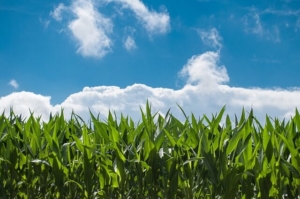 So far, scientists haven’t come up with a one-size-fits-all climate change solution for agriculture. But they are constantly looking for and researching new ideas. One of these is a technique called precision agriculture. Raj Kholsa, another CSU researcher, lays precision agriculture out
So far, scientists haven’t come up with a one-size-fits-all climate change solution for agriculture. But they are constantly looking for and researching new ideas. One of these is a technique called precision agriculture. Raj Kholsa, another CSU researcher, lays precision agriculture out 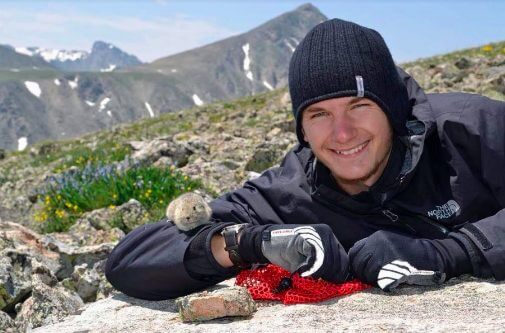
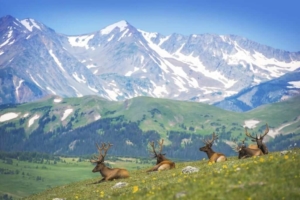
 What can I use the water for?
What can I use the water for?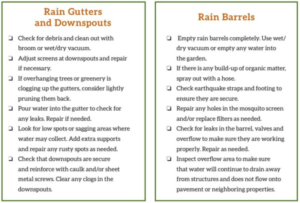
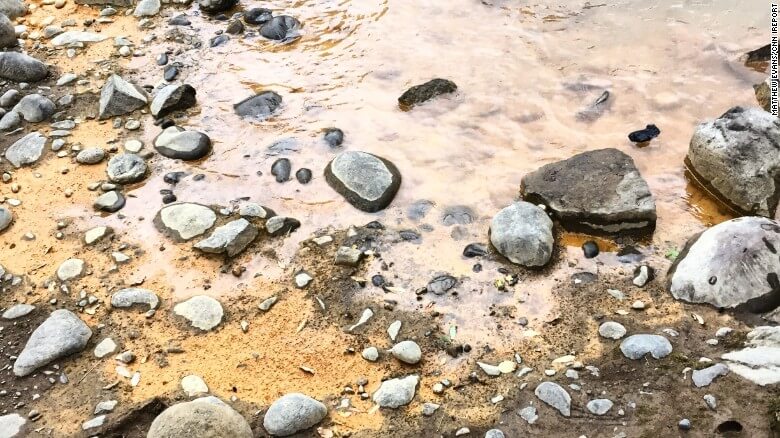

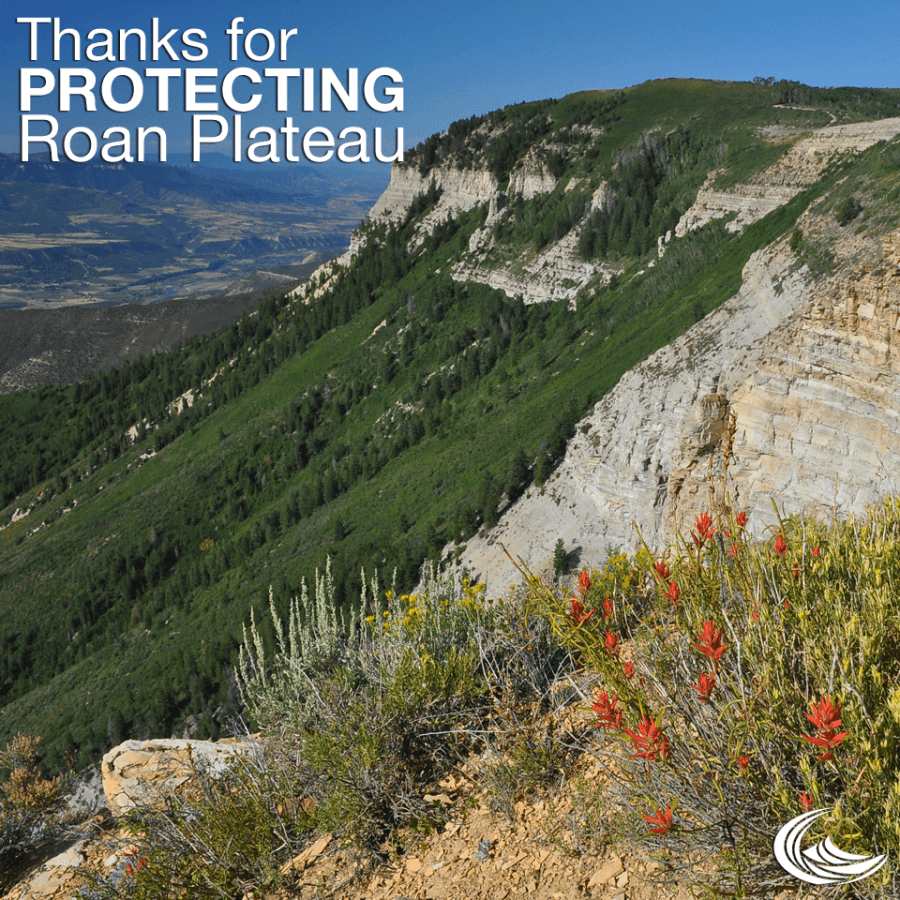 The ten year long battle to protect the Roan Plateau is finally over. The conservation community finally won the fight to keep the 54,000 acre Roan Plateau from becoming an industrial zone.
The ten year long battle to protect the Roan Plateau is finally over. The conservation community finally won the fight to keep the 54,000 acre Roan Plateau from becoming an industrial zone.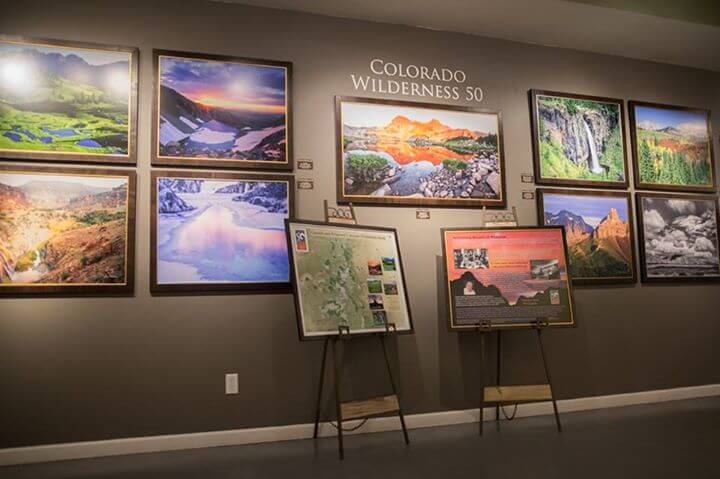 This year marked the 50th anniversary of the Wilderness Act, and boy, did we celebrate. We held events across the state from July to November to raise awareness about the 3.6 million acres of Colorado’s most sublime wildlands that are set aside as wilderness areas.
This year marked the 50th anniversary of the Wilderness Act, and boy, did we celebrate. We held events across the state from July to November to raise awareness about the 3.6 million acres of Colorado’s most sublime wildlands that are set aside as wilderness areas.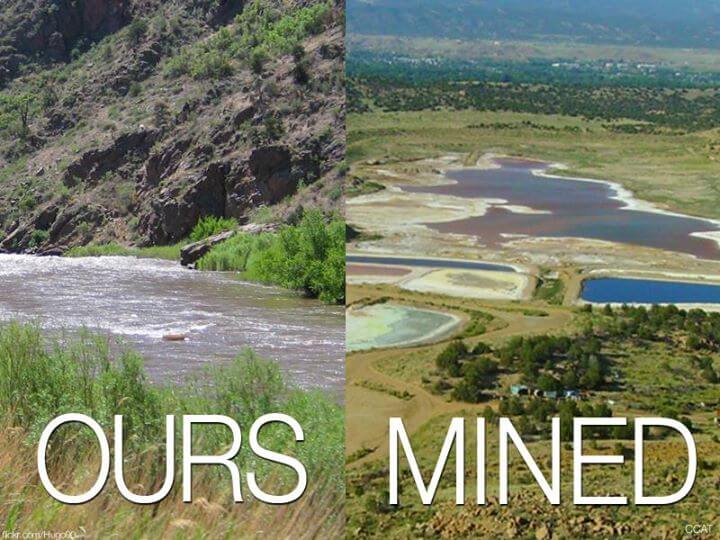 In April we were thrilled to help pass legislation that will finally clean up groundwater contamination in the Lincoln Park neighborhood of Canon City. After 30 years of pollution and indifference from Cotter Corporation, Coloradans living in its shadow were finally granted the right to clean water and use of their own water wells.
In April we were thrilled to help pass legislation that will finally clean up groundwater contamination in the Lincoln Park neighborhood of Canon City. After 30 years of pollution and indifference from Cotter Corporation, Coloradans living in its shadow were finally granted the right to clean water and use of their own water wells.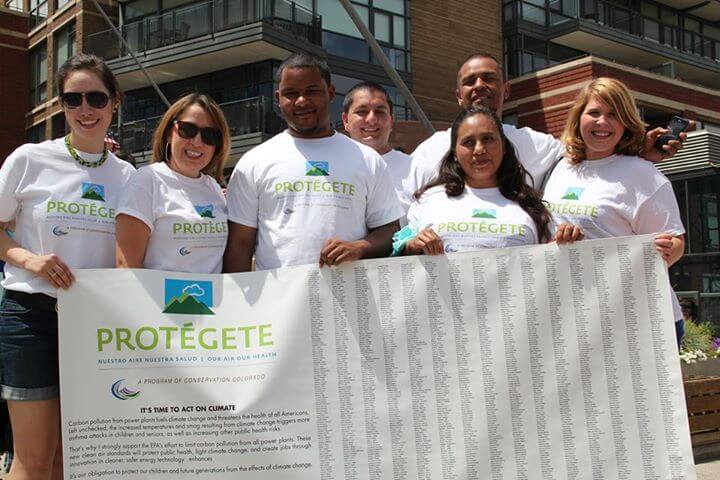 This year, Conservation Colorado launched Protégete: Our Air, Our Health. It is an important and timely effort to engage the Latino community around the issues of clean air and climate change.
This year, Conservation Colorado launched Protégete: Our Air, Our Health. It is an important and timely effort to engage the Latino community around the issues of clean air and climate change. This year we took a huge step toward addressing the challenge of climate change. The Environmental Protection Agency (EPA) proposed national safeguards that aim to cut carbon pollution, One of just four hearings across the country was held right here in Colorado! Our coalition rallied over 250 Coloradans to testify at the hearings and came out on top — an overwhelming majority of the testimonies showed support of the EPA’s Clean Power Plan.
This year we took a huge step toward addressing the challenge of climate change. The Environmental Protection Agency (EPA) proposed national safeguards that aim to cut carbon pollution, One of just four hearings across the country was held right here in Colorado! Our coalition rallied over 250 Coloradans to testify at the hearings and came out on top — an overwhelming majority of the testimonies showed support of the EPA’s Clean Power Plan.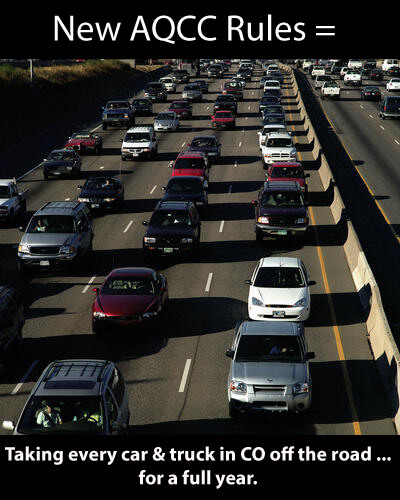 Colorado sent a strong message to the nation in February – that every person deserves to breathe clean air. With your support, and after a year-long ground campaign, Colorado’s Air Quality Control Commission passed groundbreaking, first in the nation rules that directly regulate methane pollution from oil and gas facilities.
Colorado sent a strong message to the nation in February – that every person deserves to breathe clean air. With your support, and after a year-long ground campaign, Colorado’s Air Quality Control Commission passed groundbreaking, first in the nation rules that directly regulate methane pollution from oil and gas facilities.
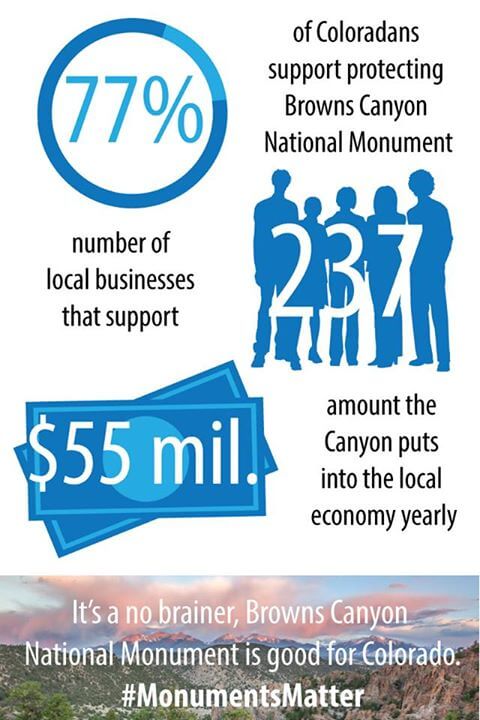 Conservation Colorado has worked with U.S. Senators Mark Udall and Michael Bennet for years to designate Browns Canyon as a national monument. This month, we brought this beautiful 22,000 acres of public lands around the Arkansas River to the forefront of President Obama’s attention and are optimistic that he will take the next step to finally protect Browns Canyon once and for all.
Conservation Colorado has worked with U.S. Senators Mark Udall and Michael Bennet for years to designate Browns Canyon as a national monument. This month, we brought this beautiful 22,000 acres of public lands around the Arkansas River to the forefront of President Obama’s attention and are optimistic that he will take the next step to finally protect Browns Canyon once and for all.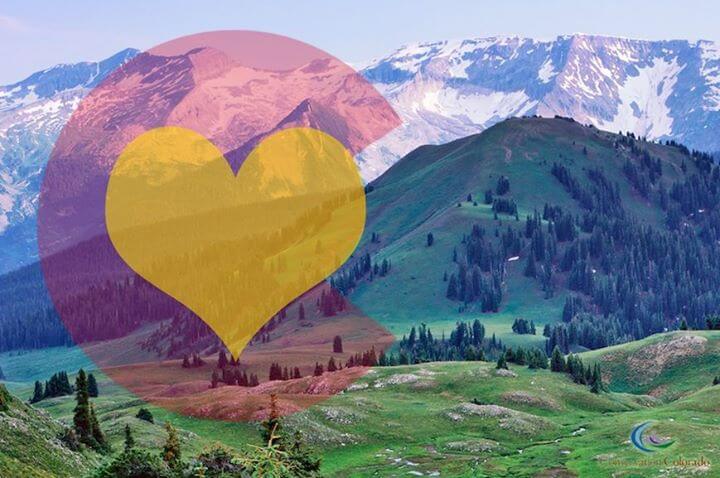 Conservation Colorado works hard to protect the land, air, and water of our beautiful state for YOU, our members. We are proud to have a growing membership of dedicated Coloradans who are willing to take action and support the work that will ensure clean air, healthy flowing waters, and protected lands for years to come. We do this work because we believe that it is your right to enjoy the outdoors as you see fit, without restrictions from out-of-state special interests and polluting industries. We do this work because of YOU.
Conservation Colorado works hard to protect the land, air, and water of our beautiful state for YOU, our members. We are proud to have a growing membership of dedicated Coloradans who are willing to take action and support the work that will ensure clean air, healthy flowing waters, and protected lands for years to come. We do this work because we believe that it is your right to enjoy the outdoors as you see fit, without restrictions from out-of-state special interests and polluting industries. We do this work because of YOU.